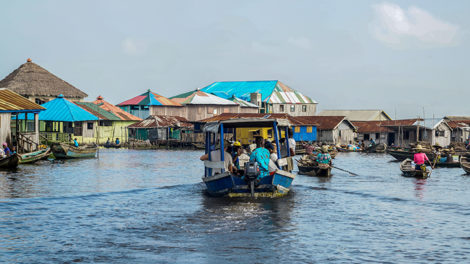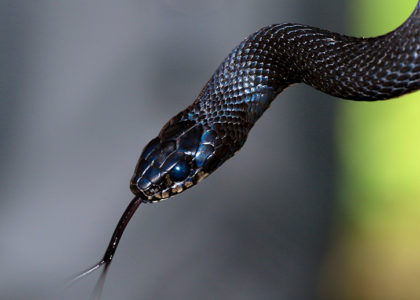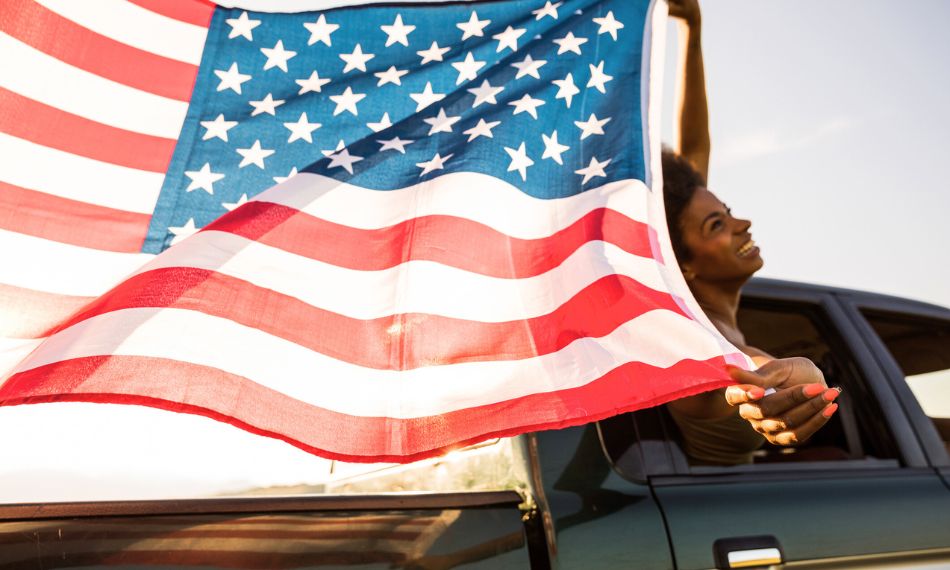Benin is a Western Africa country which consists of territory extended northward for approximately 420 miles from the Gulf of Guinea located in the Atlantic Ocean 75- mile seacoast towards the Niger River, which forms part of Benin’s northern border of Niger. The country’s official language is French — Fon, Yom, and Yoruba have the status of national languages. The census displays Fon as the most widely spoken first language followed by Baatonum, and Borgu Fulfulde.
The demographic profile of Benin is approximately 14,219,908 (2023 est.) and it’s important to know Benin has quite a youthful age structure. Nearly 65% of its population is under the age of 25-years old bolstered by high fertility and population growth rates amongst other contributing factors. Additionally, here’s a mere glimpse of ethnic group and religion breakdowns: African 99% (42 ethnic groups, most important being Fon, Adja, Yoruba, and Bariba), Europeans 5,500. Religions: Indigenous beliefs (animist) 50%, Christian 30%, Muslim 20%. Languages:
As it relates to Independence Day — each year on August 1, the Benin celebrates its Independence Day commemorating the day in 1960 on which it gained its full independence from France. It is celebrated as the country’s National Day.
Needless to say, Benin is comprised of countless intriguing facts but here are a few fun facts you need to know!
1. Benin was once known as the Kingdom of Dahomey

The Kingdom of Dahomey was a powerful African kingdom that saw its pinnacle in the 18th and 19th centuries. In 1975, the nation became known as Benin. The name derives from the Bight of Benin, a bay of the Atlantic Ocean lying within the Gulf of Guinea, and extending from Ghana to Nigeria.
2. Over 1 million people were taken from Benin as slaves

For 100+ years, more than 10,000 Africans were shipped from Benin’s southern coast to the Americas–primarily Haiti and Brazil, but also the United States. The last of these ships left for Brazil in 1885.
The city of Ouidah was one of the most active slave trading ports in Africa. Today, tourists can visit the Slave Route, the Ouidah Museum of History, the Door of No Return, and various other monuments dedicated to the memory of those forced into slavery.
3. Benin is home to the "Venice of Africa"

With around 20,000 residents, Ganvie is Africa’s largest lake village and a UNESCO World Heritage site. The town was erected on stilts in Lake Nokoue about 500 years ago by people evading being captured and sold into slavery.
Over the years, the people of Ganvie have developed a thriving society with a network of more than 3,000 buildings, including a hospital, post office, school, mosque, church, and bank. The residents of Ganvie get around by boat and rely on underwater fencing to corral and farm different types of fish.
4. The practice of Vodun originated in Benin

Benin is known as the birthplace of Vodun. Today, roughly 17% of the country’s population–around 1.6 million people–practice Vodun.
In tribute to the powerful serpent god Dan, snakes are revered in Benin. Visitors will find snake symbolism throughout the country. The Temple of Pythons in Ouidah is a Vodun temple where dozens of snakes roam freely. Each year on January 10, thousands of followers congregate in Ouidah to celebrate the Vodun Festival.
5. Benin has one of the youngest populations in the world

With a median age of just 17, Benin has one of the youngest populations in the world. In fact, almost 65% of the country’s population is under 25 years old.
These statistics can be attributed to high fertility rates, low rates of contraceptive use, and the fact that there is an average of five children per woman.
Related: How Aduke Africa Is Encouraging You To Visit Africa Through The Lens Of Benin





